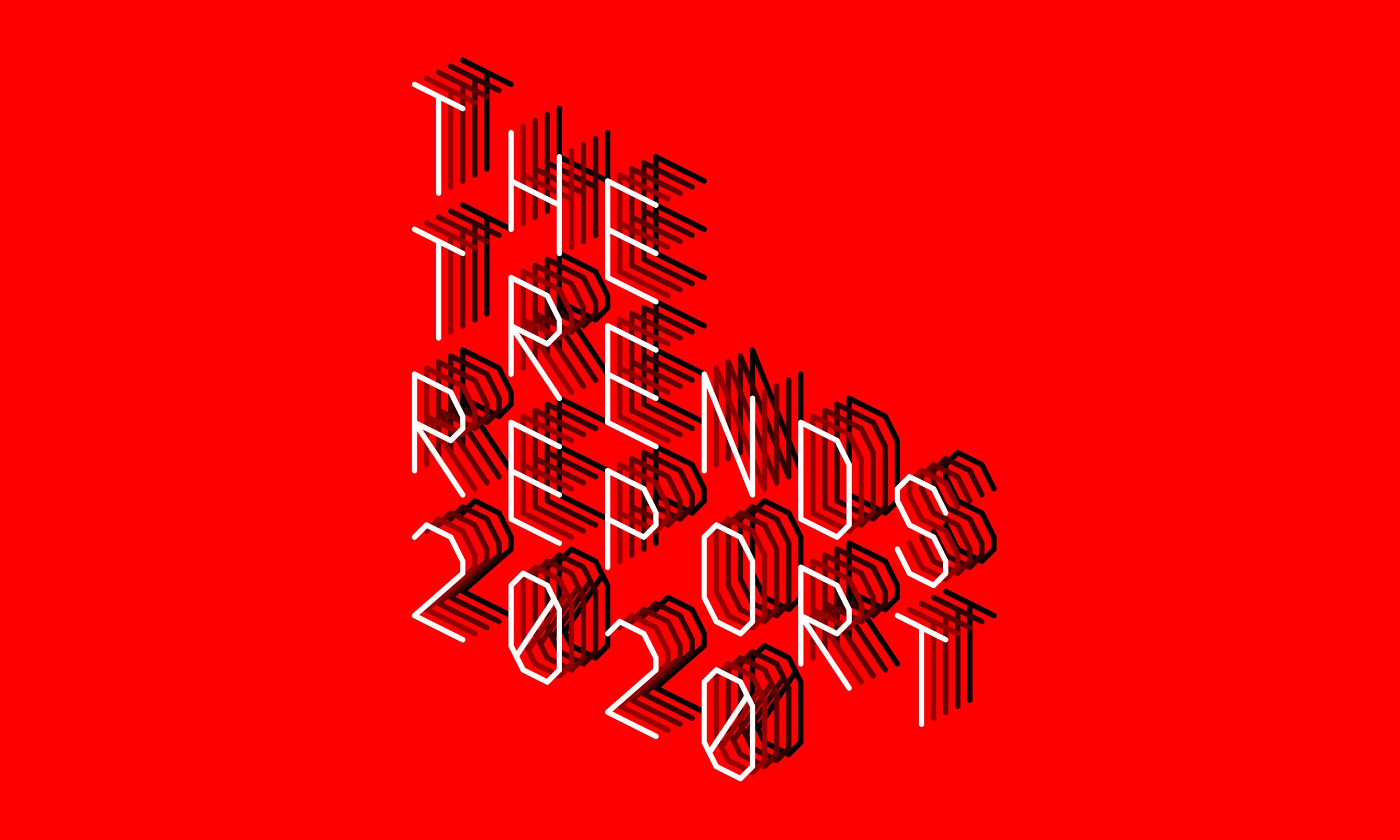
Welcome to The Chronicle’s sixth annual Trends Report. In the past year, we’ve seen the shifts we identified in 2019 continue or even accelerate. Think of three of them, in particular: New levels of public mistrust. Momentum behind mega-universities. The return of in loco parentis. All of those factor into this year’s list, as colleges deal with what is, for many of them, the most urgent challenge of all: enrolling enough students to stay solvent.
Which institutions will survive, and how can you tell? What is fair and right to do in the scramble for students? When it comes to keeping those students — and faculty members — safe, how can colleges protect due process? What other growing legal risks do colleges face?
This report will help you answer those questions and others. You’ll find expert analysis, insights born of deep reporting, and commentary to spark thinking on your campus.
Here are the major trends we’ve identified for 2020.
The Rise of the Oddsmaker
Speculation has circulated for years about disruption in higher ed and a resulting college die-off. Now, experts are putting their metrics where their mouths are. With data in hand, government agencies, media outlets, companies, and scholars are using different formulas to predict the survival or demise of particular colleges. Laying odds on the health of private companies is one thing. But given that colleges have goals that defy neat profit-and-loss categories, does it make sense to assess them in the same way?
Higher ed is “desperately in need of a set of core metrics around financial health and sustainability,” says Rick Staisloff, a finance expert. But, he says, “the danger is in overpromising what these tools can provide to us.”
And the conversation about what’s happening is caught among extreme visions: Some — usually outsiders — see an implosion coming, while people at colleges tend to be optimistic — that is, until it’s too late.
How to avoid reaching that point? Jeffrey J. Selingo, founding director of the Academy for Innovative Higher Education Leadership, says colleges need to better understand the students they can and should serve, connect their academic offerings to the rapidly changing world of work, and seek partnerships to modernize their approach.
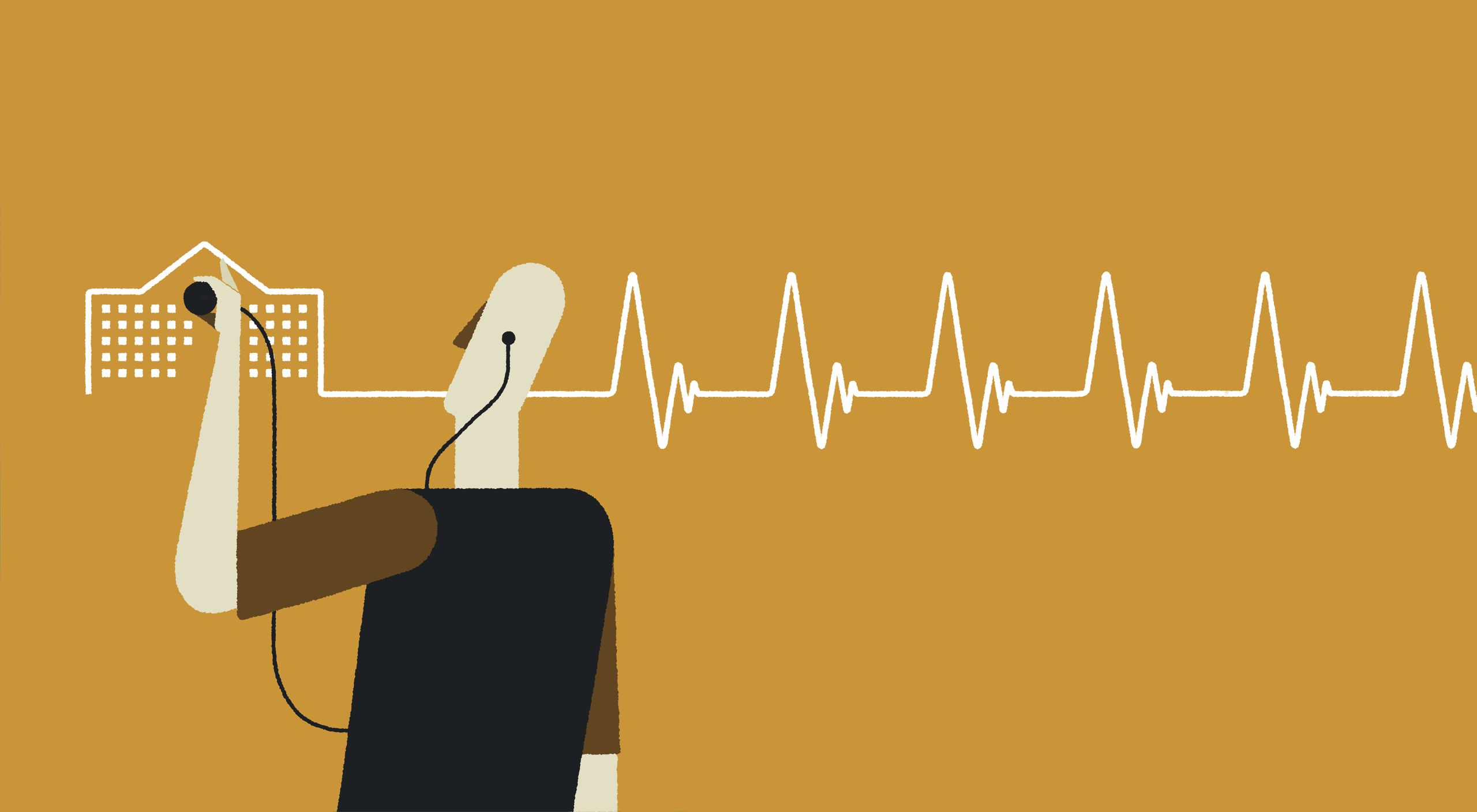
The End of Admissions As We Know It
The rules of competition in college admissions just changed, leading more colleges to adopt hard-sell tactics that look remarkably like those in the retail industry. They’re using special incentives to try to nail down their incoming classes sooner, lure students who’ve committed to other colleges, and even persuade students already enrolled elsewhere to transfer. Some in the field think those come-ons will help students better understand their options and save money. Whether or not that’s true, one thing is clear: As enrollment managers try to reduce their own uncertainty, they’re prolonging the uncertainty of students.
Some students will surely welcome being courted for an extended period. For their families, such competition might deliver a more-affordable option that eases their financial burden. But Phil Trout, a college counselor at Minnetonka High School, in Minnesota, worries about the consequences of dragging more and more students into a long season of pot-sweetening.
Last fall, the mother of a 2019 Minnetonka graduate contacted him to say that her son, a college freshman, had received transfer solicitations from seven institutions. He hadn’t even applied to three of them. “She said, ‘This isn’t right,’” Trout recalls. “And I said, ‘Well … actually, now it’s allowed.’”
Data show who’s likely to consider such recruitment strategies, what incentives they might offer, and what tactics they think would work to hold on to students others are recruiting.
Maybe everyone should calm down. W. Kent Barnds, executive vice president for external relations at Augustana College, describes how his institution has responded to removal of the guidelines, and makes a case for some simple principles that would help everyone navigate the new reality.

The Next Wave of #MeToo
The #MeToo movement on campuses has encouraged more victims of sexual assault to speak up and more decision makers to believe them. Now momentum is growing to take the movement further: more-stringent regulation of interactions that put people at risk. A broader scope of forbidden behavior. Lasting consequences for perpetrators that hold them accountable to the whole community.
In response, colleges and funding agencies are changing their policies. Membership in the National Academy of Sciences can now be revoked for sexual harassment or other unaceptable behavior. A working group at the National Institutes of Health wants to treat professional misconduct, including sexual harassment, as seriously as research misconduct. Already, between January and November of 2019, 12 principal investigators were replaced and 55 people were removed from peer review after NIH inquiries.
But amid viral images of student activists confronting professors and stories of students falsely accused of rape, a backlash is brewing. Concerns about due process, reflected in new regulations due any day now from the U.S. Department of Education, mean an opposing pressure on colleges is also building. The most important move college leaders can make, if they can figure out how, is to build a culture that prevents harassment and assault in the first place.
Maybe a start is to ban all romantic relationships between faculty and students — including grad students and older adults. Here’s how one university considered that question and revised its policy.
One victim of sexual harassment writes, with her graduate student, that Title IX investigations do little to meet the needs of survivors. A restorative-justice process would do a better job of helping victims reclaim their power and recover.
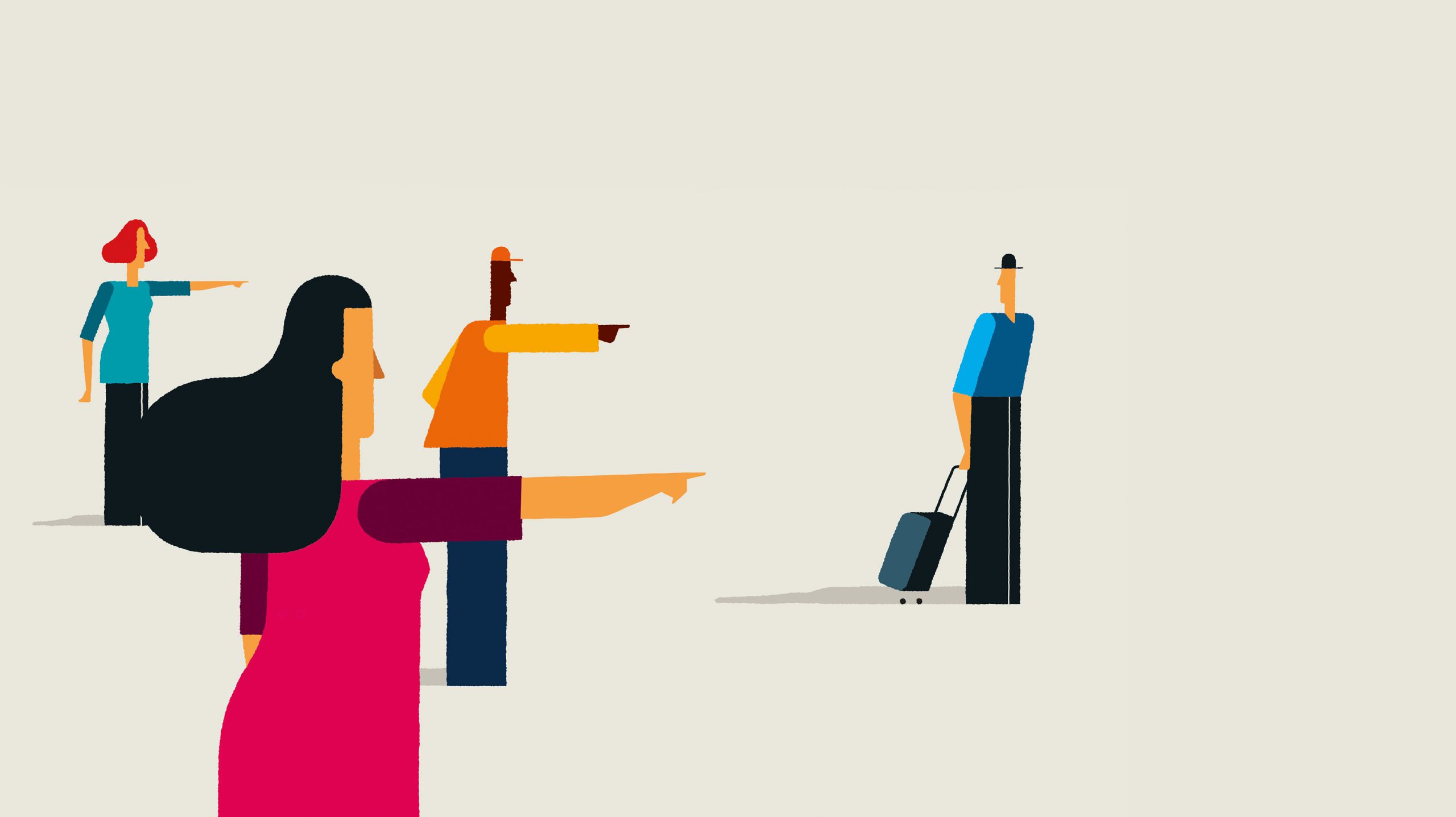
The Next Wave of #MeToo
The #MeToo movement on campuses has encouraged more victims of sexual assault to speak up and more decision makers to believe them. Now momentum is growing to take the movement further: more-stringent regulation of interactions that put people at risk. A broader scope of forbidden behavior. Lasting consequences for perpetrators that hold them accountable to the whole community.
In response, colleges and funding agencies are changing their policies. Membership in the National Academy of Sciences can now be revoked for sexual harassment or other unaceptable behavior. A working group at the National Institutes of Health wants to treat professional misconduct, including sexual harassment, as seriously as research misconduct. Already, between January and November of 2019, 12 principal investigators were replaced and 55 people were removed from peer review after NIH inquiries.
But amid viral images of student activists confronting professors and stories of students falsely accused of rape, a backlash is brewing. Concerns about due process, reflected in new regulations due any day now from the U.S. Department of Education, mean an opposing pressure on colleges is also building. The most important move college leaders can make, if they can figure out how, is to build a culture that prevents harassment and assault in the first place.
Maybe a start is to ban all romantic relationships between faculty and students — including grad students and older adults? Here’s how one university considered that question and revised its policy.
One victim of sexual harassment writes, with her graduate student, that Title IX investigations do little to meet the needs of survivors. A restorative-justice process would do a better job of helping victims reclaim their power and recover.

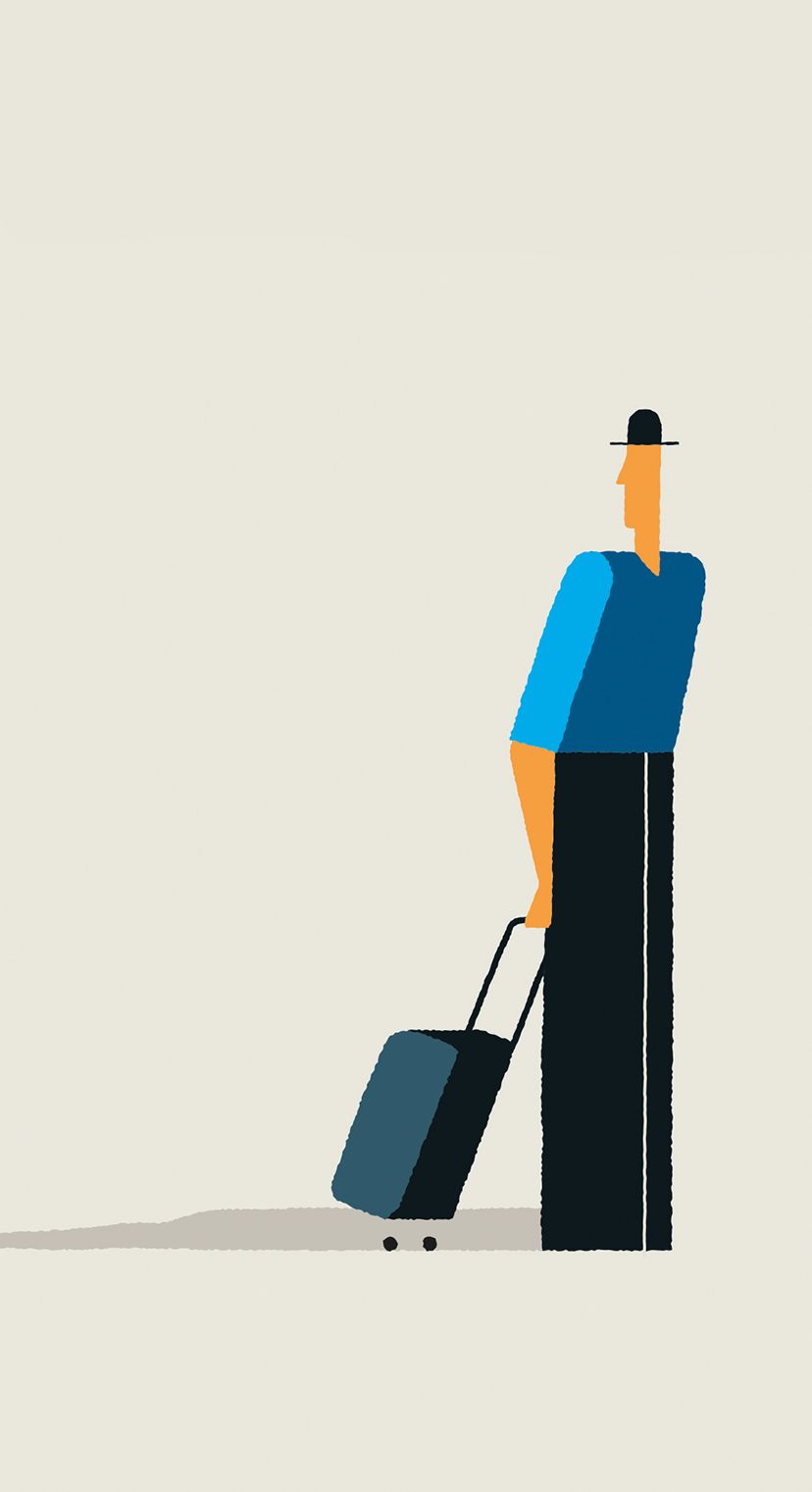
New Rules For the Ph.D.
The cloistered tenure-tracker in the archives, the solitary bench scientist in the university lab — those positions are becoming less common. In the past several years, Ph.D. programs have started to recognize, and communicate to their students, that nonacademic careers are legitimate. Now a movement to rewrite the rules of graduate training is gathering steam.
Progressive departments, backed by foundation and federal-government money, are granting credit for activities that wouldn’t have counted toward the doctorate in the past. Collaborations with organizations off campus, portfolios instead of comprehensive exams, courses for scientists in the business side of research. A podcast, a rap album, or a comic book instead of a traditional dissertation.
And why do scientists need to produce so many research papers? An earth and environmental sciences professor argues they should be spending more time developing software. That would be better not just for their careers, he writes, but for their mental health — and even for science itself.
Many humanists, too, say preparing doctoral students for careers outside academe isn’t the only reason to change the Ph.D. Public support depends on public understanding. Benjamin Reiss, chair of Emory University’s English department, wants grad students there to think about how their skills can benefit society, and to produce projects that don’t require theoretical jargon to explain. “I think they have to demonstrate what they do — and demonstrate what they can do,” he says. “And then the interest will follow.”
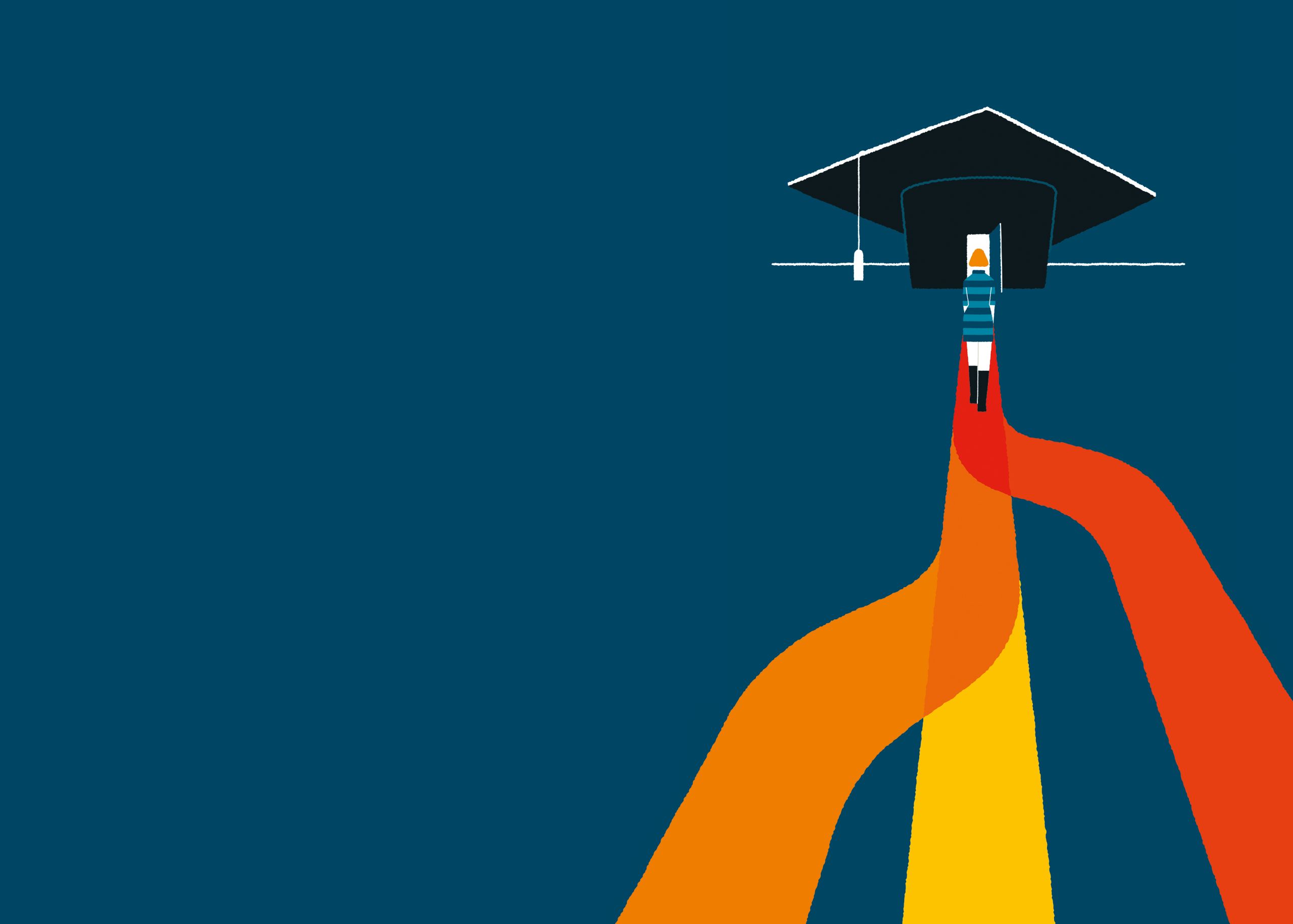
Liability Everywhere
The past year has seen surprising court decisions and landmark settlements expanding the range of colleges’ responsibility for the behavior of their administrators, faculty members, and students. Get ready now for a bundle of other legal issues presented by a looming recession and falling enrollments. Closings, mergers, and personnel complaints — along with a rise in class-action lawsuits and skyrocketing jury awards — mean higher education is in for a rocky legal ride. One place you probably shouldn’t cut costs? Your Office of General Counsel.
“People have hard and fast opinions about colleges and universities, and in some communities these are not popular institutions,” says a specialist in higher-ed law.
“Some lawyers and juries will really try to stick it to an institution they think is out of touch.”
But the community on campus may present the most challenges. Free-speech complaints. Mental-health challenges (here’s one policy viewed as a model). And layoffs, mergers, and closings that will be fought tooth-and-nail — including by alumni.
Over the last four decades “higher education chose a capitalist path, for better or for worse,” says Stetson University’s Peter Lake. “If that’s the game you’re going to play, from experience with other capital markets, you can kind of predict what will come of all this: very painful, very litigious activism.”
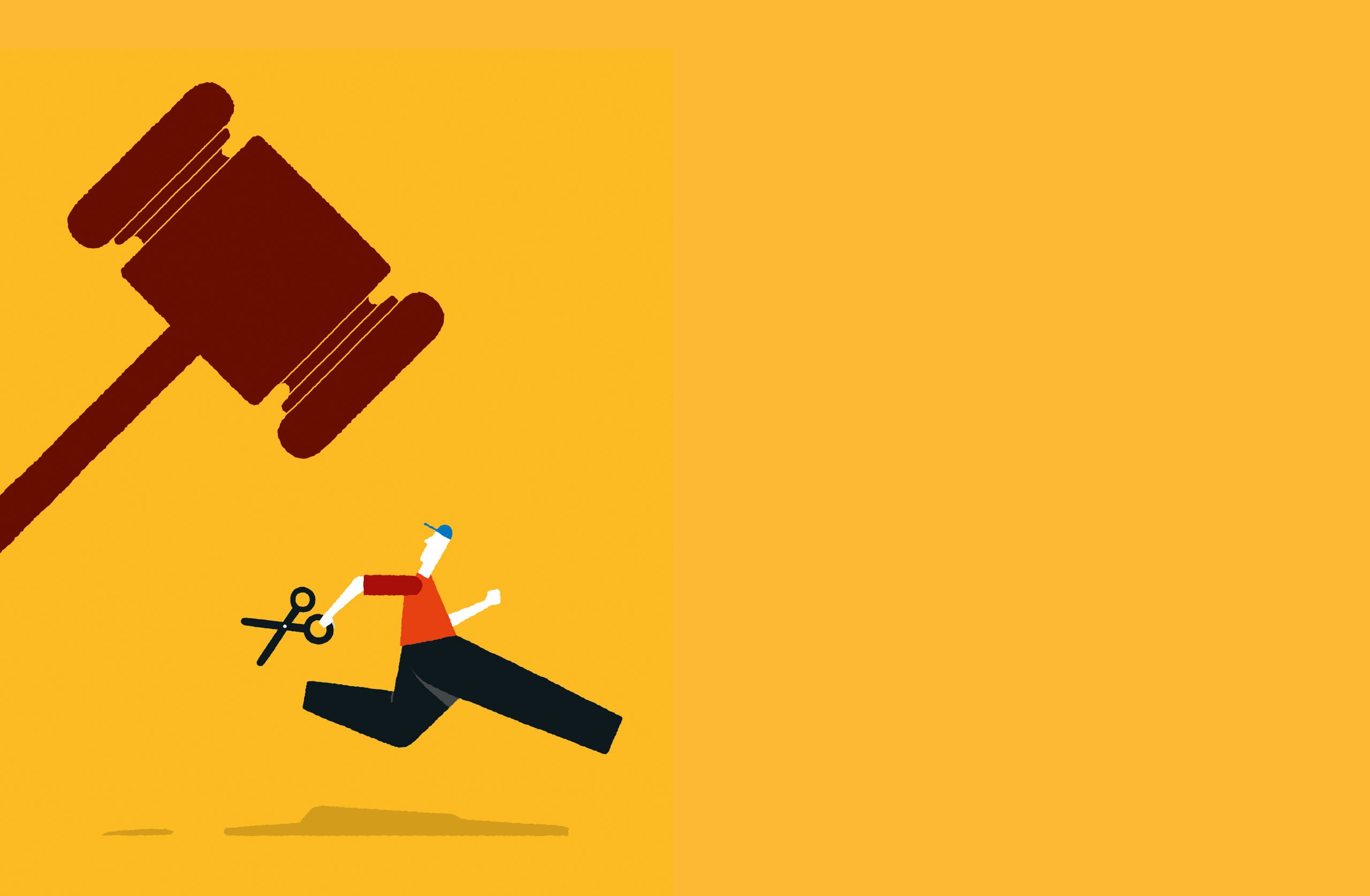

Type design by Melvin Galapon
and illustrations by Martin Leon Barreto
for The Chronicle
